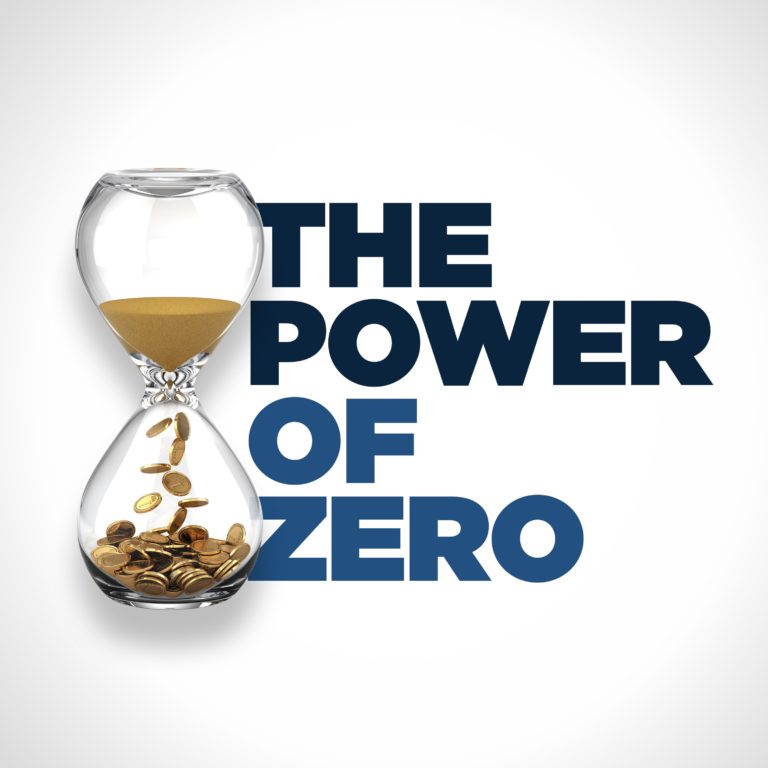Rebecca Walser thinks that the 401(k) is a failed experiment. In her opinion, the Revenue Act of 1978 was nothing more than a corporate tax dodge for highly compensated executives, and not a state retirement vehicle.
While working as a benefits consultant, Rebecca was looking for a way to administer an alternative savings plan for a client as opposed to just a cash bonus savings plan. She came upon the 401(k) provision and noticed it was a “tax dodge” that could be leveraged. One of the main conditions for this to happen was to ask the IRS if they could allow for the provision to not be taxable – otherwise, Rebecca’s client would have “phantom income.” They needed the IRS to confirm that the money wouldn’t be taxed until it was accessed.
At that time, corporations were severely underfunding their pensions. On the benefits side, they were responsible for putting money away and investing the funds, as well as for having enough to honor those pensions and meeting those obligations.
When the 401(k) provision came to be, it shifted the burden to individuals to elect to make the contribution – and all of this happened without any testing.
In the late ‘70s and early ‘80s, it was a stockbroker’s world. People had to call their stockbroker to invest in the market. Private banking and stock brokerages weren’t something mainstream America had access to, and suddenly Wall Street had massive million-dollar-cost averaging and it was a way Wall Street had exploded.
When it comes to longitudinal, long-term investments – and when you look at various indexes – Americans don’t make the minimum averages of any index.
There’s one piece of advice that Rebecca considers to be absolutely right every single time, and that you can take to the bank: ‘Buy Low, Sell High’.
When you look at behavioral finance, you realize people have a fear of missing out when the market is high. Even though some people may have had their portfolio 40% higher pre-Corona, they’re still thinking that there’s space for it to grow, so they don’t want to sell out.
When some investors start to see a stock coming down, they keep their position of waiting for it to get to “one dollar higher.” What happens in these cases is that the stock declines and reaches a low at which point the investor says, ‘I can’t afford to lose anymore’ – and ends up selling when the stock is at the bottom.
By nature, when we’re managing our money, we do the opposite of what we’re supposed to do.
The DALBAR Statistics show that the average investor has done so much worse than the average and indexes themselves.
Wall Street attached itself to pre-tax wealth-building. When pre-tax paying came about organically, people were intrigued by the idea of putting their money in a “silo,” where they could save up and have to pay taxes on it only when they retired – and since they would eventually be in a lower tax bracket, they could pay less taxes.
However, they forgot to tell people one thing: in order for you to be able to choose your tax rates when you’re going through your lifetime, taxes have to remain relatively stable
During Reagan’s second term, with the passing of the Tax Reform Act of 1986, the top bracket to 28%. This widened the bracket, and people who were making $28k a year (after deductions) became part of that bracket.
The retirement of baby boomers will shift us to the new phase of taxation in America. It’s the thing that has been talked about since the ‘70s: this decade between 2020 and 2030 will be the decade where everything that has been pushed down the road will come to fruition.
For the first time in the history of America, the country will have a European-styled system for a third of its people (one-third of Americans will be on social security and Medicare).
Back in 2009-2010, David Walker stated that tax rates would have to double in order keep the U.S. solvent. Not only does he still stand by that statement but he also thinks that tax rates in the future will never be as low as they are today.
Before the pandemic, Rebecca Walser was extremely concerned. Now, after having seen how the world dealt with Covid-19, she is mortified by how scary of a fiscal position America is in, especially because of its special status as the World Reserve Currency.
Currently, there is over $8 trillion of printed stimulus currency in the U.S.. To give some perspective: Reagan took office in January of 1981. One trillion dollars of debt wasn’t reached until October of that year. From October of 1981 till February of 2020, the Federal debt was under 29 trillion dollars. In the last 20 months, $8 trillion has been printed to deal with Covid-19.
Before the pandemic, Rebecca was worried. Now, we’re at a point where we’re talking about a global Central Bank reckoning.
The U.S. has been the World Reserve Currency since 1944. In the past, China and India wouldn’t bilaterally trade in their domestic currencies, they would buy dollars and use those to trade.
Then, you had the BRICS (Brazil, Russia, India, China, and South America) wanting to make a pact to bilaterally trade for the first time. Over the last 15 years, the dollar hasn’t been used much in bilateral trades in countries around the world.
Three months ago, China announced its intention of doing its own digital currency – two months ago, the UK announced its move toward digital currency. As the world moves toward digital currency, the U.S. dollar will literally become irrelevant as the World Reserve Currency.
Nearly 3 trillion dollars, nearly half of the U.S. annual spending, comes from its ability to sell its paper to the world. If this opportunity were to end, America would lose almost half of its lifeline (support to the military, social assistance, etc.).





